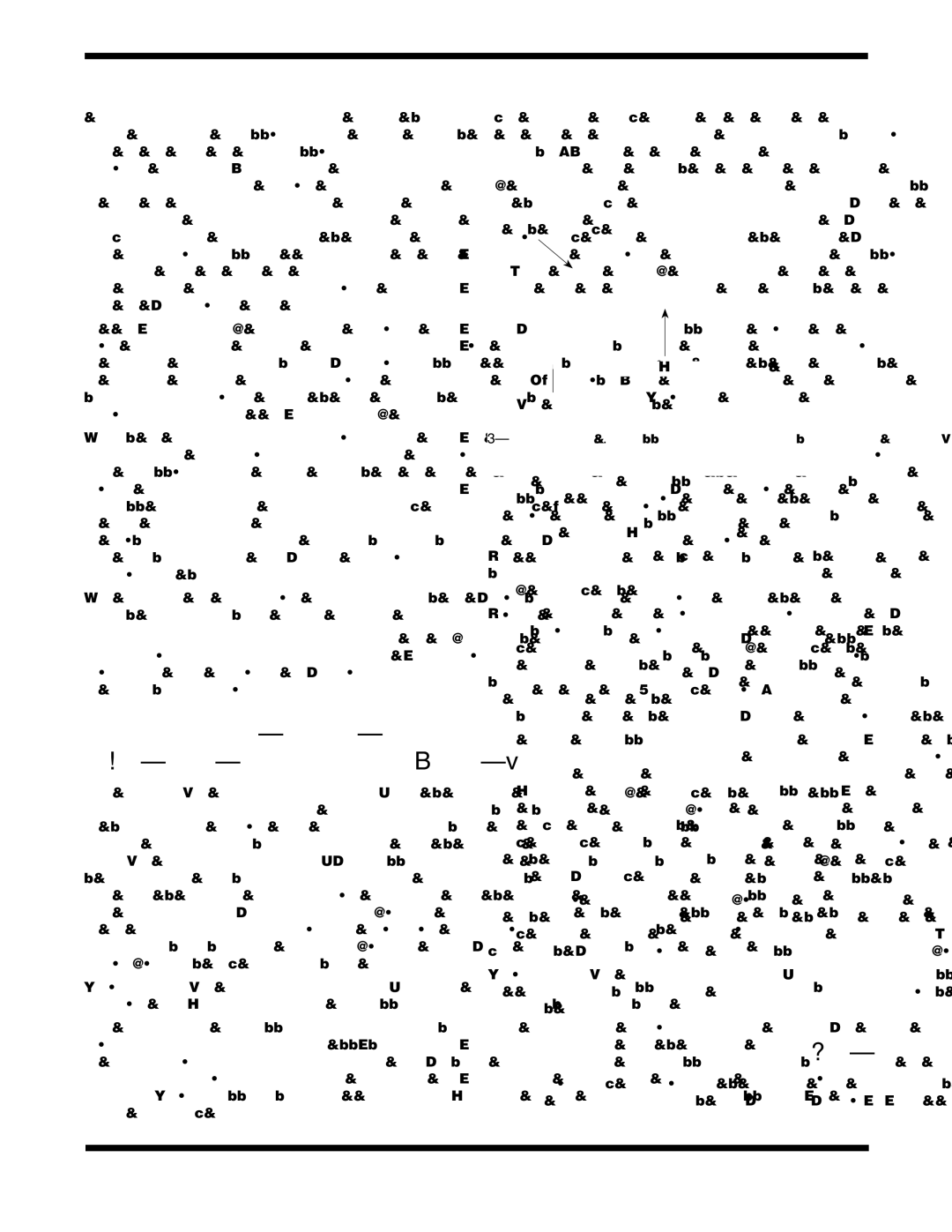est star within the field of view. Remove the eyepiece and insert the illuminated reticle eyepiece into the diagonal. Turn the eyepiece’s illuminator on (dimly!). Recenter the bright star (guide star) on the crosshairs of the reticle eyepiece. Check again to make sure that the object to be photographed is still centered within the camera’s field of view. If it is not, recenter it by repositioning the camera on the piggyback adapter, or by moving the main telescope. If you move the main telescope, then you will need to recenter another guide star on the illu- minated eyepiece’s crosshairs. Once the object is centered in the camera and a guide star is centered in the reticle eye- piece, you’re ready to shoot.
Deep-sky objects are quite faint, and typically require expo- sures on the order of 10 minutes. To hold the camera’s shut- ter open this long, you will need a lock shutter release cable. Set the camera’s shutter to the “B” (bulb) setting. Depress the locking shutter release cable and lock it. You are now exposing your first deep-sky object.
While exposing through the camera lens, you will need to mon- itor the accuracy of the mount’s tracking by looking through the illuminated reticle eyepiece in the main telescope. If the guide star drifts from its initial position, then use the hand con- troller of the motor drive to “move” the guide star back to the center of the crosshairs. Any drifting along the Dec. axis is a result of improper polar alignment, so if the guide star drifts greatly in Dec., the mount may need to be polar aligned more accurately.
When the exposure is complete, unlock the shutter release cable and close the camera’s shutter.
Astrophotography can be enjoyable and rewarding, as well as frustrating and time-consuming. Start slowly and consult outside resources, such as books and magazines, for more details about astrophotography. Remember … have fun!
9.Collimating (Aligning the Optics)
The SkyView Pro 120 EQ telescope has objective lens cell which incorporates an optical alignment adjustment; this helps to ensure peak optical performance. Collimating is the process of aligning the telescope’s optics. In the case of the SkyView Pro 120 EQ, collimating entails tilting the objective lens assembly so that the optical axis is precisely parallel to the telescope’s focuser. The telescope has been collimated at the factory, so no adjustments to the lens cell are likely to be necessary. If you are unsure or uncomfortable about making optical alignment adjustments, we strongly recommend that you just leave it alone.
Your SkyView Pro 120 EQ comes with a collimating tool. Figure 15 shows the collimating tool in place.
Use of the collimating tool is best done during the day, either outdoors or in a well-lit room. Point the telescope at a dark tar- get of uniform brightness, like a painted wall or a black piece of construction paper. The distance of the target is unimport- ant. You will also need a 2.5mm hex key and a Phillips-head screwdriver.
Reflective ring
1.25" adapter
Viewing hole
Figure 15. The collimating tool in the SkyView Pro 120 focuser.
will need to use the telescope’s 1.25" adapter in the focuser. Secure the collimating tool in the focuser with the thumbscrew on the 1.25" adapter.
Look into the viewing hole of the collimating tool. You are now looking straight down the interior of the telescope tube at the objective lens.
Loosen the securing thumbscrew, and rotate the collimating tool until you can see the reflection of the of the tool’s reflec- tive ring in the objective lens. To do this, you will need to point the wide hole in the collimating tool’s body toward a source of light. Ignoring the tiny central reflection, you should see two separate reflections of the ring in the objective lens. If you see only one reflection, then your telescope is already collimated.
Use the collimating screws in the lens cell to center the reflec- tions on top of one another (Figure 16). There are three pairs of screws; each pair works together to tilt the lens. Using your 2.5mm hex key and Phillips-head screwdriver, loosen one of the screws and then tighten the other in the pair. Look into the viewing hole of the collimating tool to see if the reflections have moved closer together or further apart. Once you get the reflections as close together as you can get with one pair of screws, move on to another pair.
Continue making adjustments to each pair of screws until the reflections are precisely centered on each other, which will give the appearance of one ring. Once only one circular ring is visible, no further collimation adjustments are needed.
Your SkyView Pro 120 EQ is now collimated. You should not need to align the optics again unless the telescope is roughly handled.
10. Care and Maintenance
If you give your telescope reasonable care, it will last a lifetime. Store it in a clean, dry, dust-free place, safe from rapid chang-

